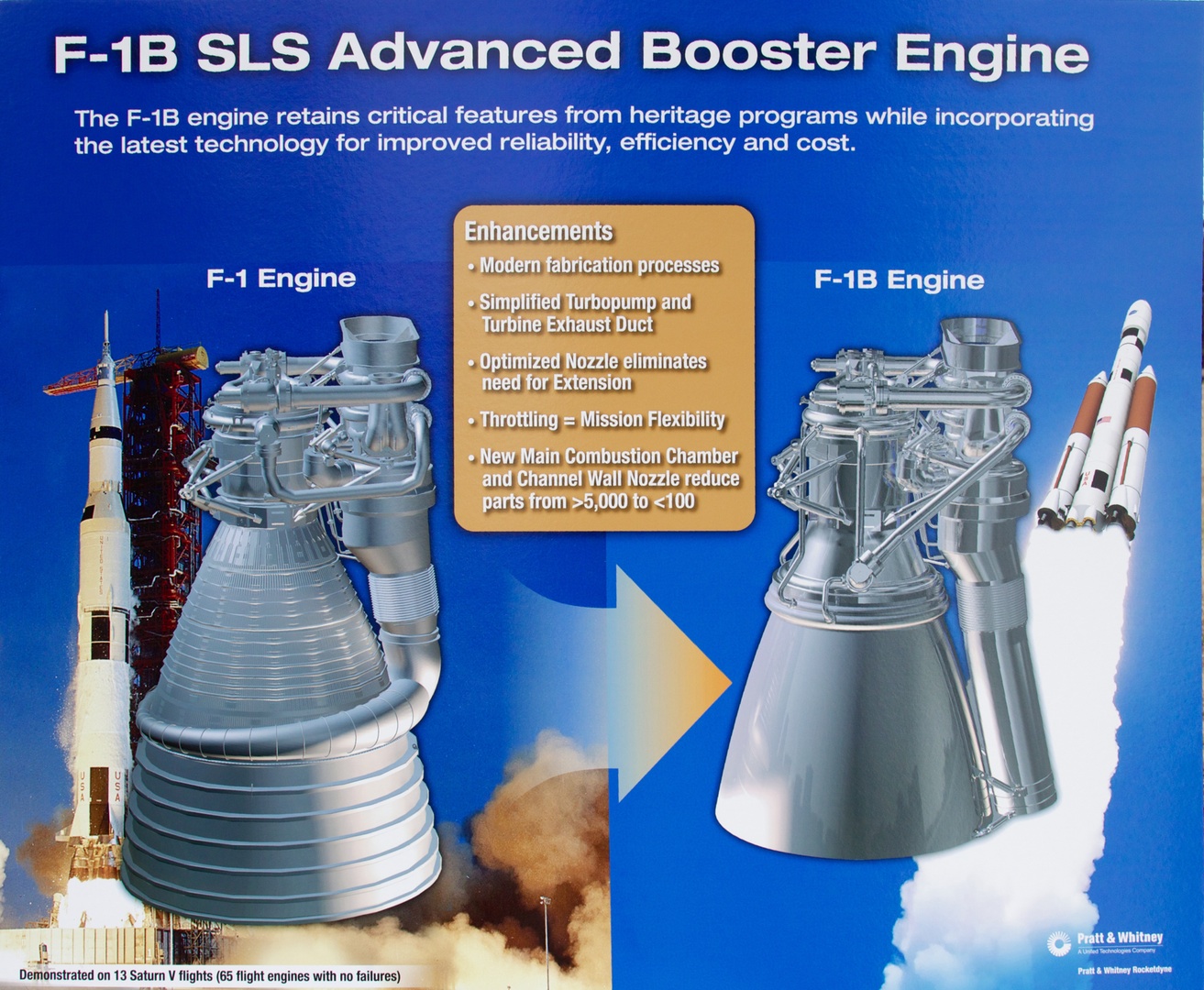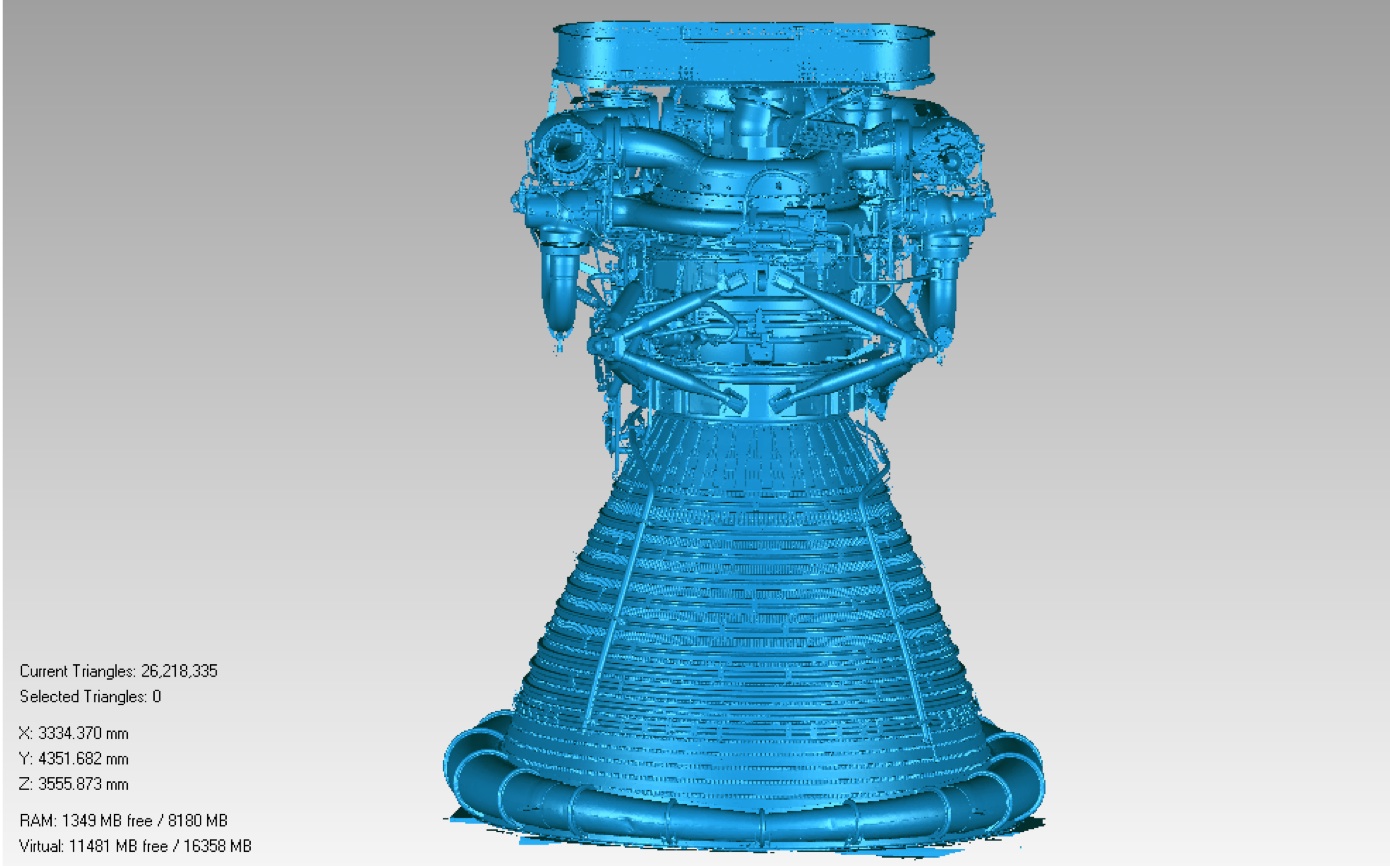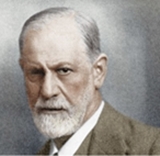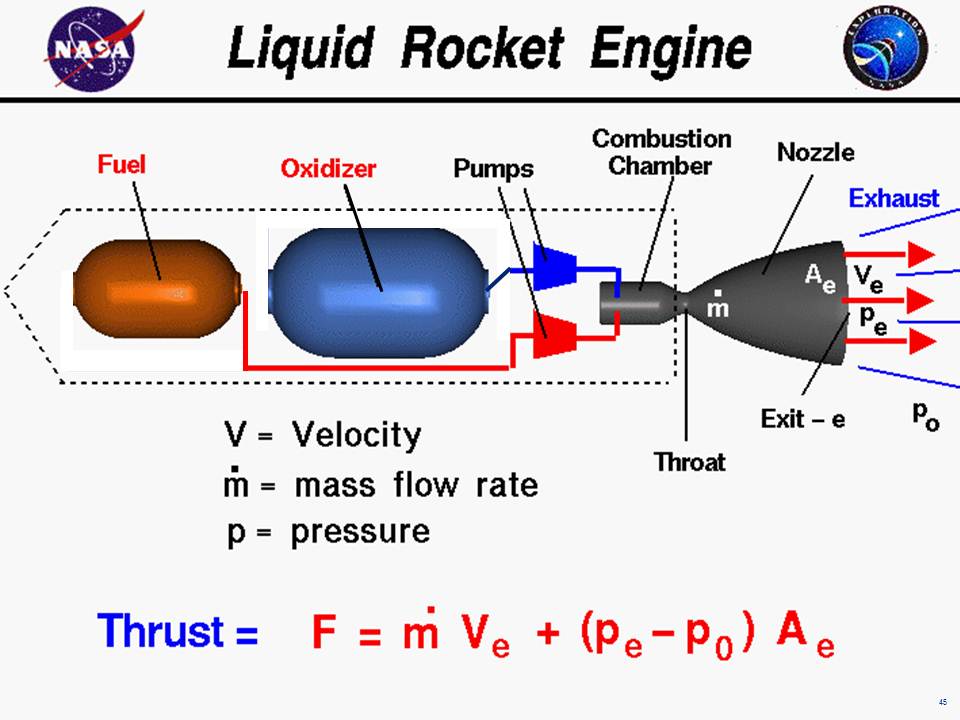račak- najveća lažna vest s kraja 20.veka
Page 28 of 29
Page 28 of 29 •  1 ... 15 ... 27, 28, 29
1 ... 15 ... 27, 28, 29 
 Re: račak- najveća lažna vest s kraja 20.veka
Re: račak- najveća lažna vest s kraja 20.veka
o Boze..daj suti,sunac ti...marcellus wrote:banana države danas imaju raketno oružje, vlastite proizvodnje, neš problema... pa faking zolja ima raketni motor.


 ..sve su to motori koje ce vrlo specifican teret odnijeti put mjeseca..
..sve su to motori koje ce vrlo specifican teret odnijeti put mjeseca.. 


Guest- Guest
 Re: račak- najveća lažna vest s kraja 20.veka
Re: račak- najveća lažna vest s kraja 20.veka
AMERI NISU SPOSOBNI,CITAJ NASA;odnosno JPL napraviti raketni motor,koji bi danas mogao izvrsiti ONO sto bi Jemeri htjeli..pametnom dovoljno,tupastom mogu do jutra...

Guest- Guest
 Re: račak- najveća lažna vest s kraja 20.veka
Re: račak- najveća lažna vest s kraja 20.veka
Prije godinu,su jemericki generali izrazili zabrinutost jer nisu kadra modernizirati njukove sustave raketnih nosaca,koji su sad postali gotovo nepouzdani..dakle,vrlo zahtjevna zadaca,svakako ne nesh iz Marcove kucne radinosti..

Guest- Guest
 Re: račak- najveća lažna vest s kraja 20.veka
Re: račak- najveća lažna vest s kraja 20.veka
umrili svapski znanstvenici iz WW2..neeema raketlina..a Pakše i Indijci vise vole leletroniku i kompjutere... 






Guest- Guest
 Re: račak- najveća lažna vest s kraja 20.veka
Re: račak- najveća lažna vest s kraja 20.veka
ja..ja..nije to isto..to je kao da usporedis bugattijev 16 cilindarski motor sa 4 turbokompresora i pratecom mehanikom i leletronikom dotjeran do savrsenstva, i klon motor fauveja koji trpaju u svako cudo od Seata do skode..

Guest- Guest
 Re: račak- najveća lažna vest s kraja 20.veka
Re: račak- najveća lažna vest s kraja 20.veka
treba vas šibom prek oguzice,kad nece te da ucite i necete da razmisljate kriticki..eto,Kaya pobjegla..vjerovatno na nasip sa deckom pa se vaćkaju..Tre odlutao kao magare u magli,a Marc upo ko kruska sa stabla i nesg generalizira,..pa nije gradnja raketnog motora kufanje graha... 


Guest- Guest
 Re: račak- najveća lažna vest s kraja 20.veka
Re: račak- najveća lažna vest s kraja 20.veka
pismejker wrote:o Boze..daj suti,sunac ti...marcellus wrote:banana države danas imaju raketno oružje, vlastite proizvodnje, neš problema... pa faking zolja ima raketni motor.

..sve su to motori koje ce vrlo specifican teret odnijeti put mjeseca..


nikakav problem, raketni motori su poznati odavno i vrlo su jednostavne konstrukcije
_________________


marcellus- Posts : 46005
2014-04-16
 Re: račak- najveća lažna vest s kraja 20.veka
Re: račak- najveća lažna vest s kraja 20.veka
pismejker wrote:AMERI NISU SPOSOBNI,CITAJ NASA;odnosno JPL napraviti raketni motor,koji bi danas mogao izvrsiti ONO sto bi Jemeri htjeli..pametnom dovoljno,tupastom mogu do jutra...
još trolaš?
nisu sposobni? daj se malo informiraj kako i šta nemoj se sramotit više.
evo ti link pa pročitaj 3 stranice teksta a evo ti i ovo:

How NASA brought the monstrous F-1 “moon rocket” engine back to life
There has never been anything like the Saturn V, the launch vehicle that powered the United States past the Soviet Union to a series of manned lunar landings in the late 1960s and early 1970s. The rocket redefined "massive," standing 363 feet (110 meters) in height and producing a ludicrous 7.68 million pounds (34 meganewtons) of thrust from the five monstrous, kerosene-gulping Rocketdyne F-1 rocket engines that made up its first stage.
At the time, the F-1 was the largest and most powerful liquid-fueled engine ever constructed; even today, its design remains unmatched (though see the sidebar, "The Soviets," for more information on engines that have rivaled the F-1). The power generated by five of these engines was best conceptualized by author David Woods in his book How Apollo Flew to the Moon—"The power output of the Saturn first stage was 60 gigawatts. This happens to be very similar to the peak electricity demand of the United Kingdom."
Despite the stunning success of the Saturn V, NASA's direction shifted after Project Apollo's conclusion; the Space Transport System—the Space Shuttle and its associated hardware—was instead designed with wildly different engines. For thirty years, NASA's astronaut corps rode into orbit aboard Space Shuttles powered by RS-25 liquid hydrogen-powered engines and solid-propellant boosters. With the Shuttle's discontinuation, NASA is currently hitching space rides with the Russians.
But there's a chance that in the near future, a giant rocket powered by updated F-1 engines might once again thunder into the sky. And it's due in no small part to a group of young and talented NASA engineers in Huntsville, Alabama, who wanted to learn from the past by taking priceless museum relics apart... and setting them on fire.
The decision to use a pair of solid rocket boosters for the Space Shuttle instead of liquid-fueled engines like the F-1 had been partly technical and partly political. Solid fuels are hugely energy dense and provide an excellent kick to get a spacecraft moving off of the ground; also, selecting solid fuel boosters allowed the government to send some available contracting dollars to companies involved with building intercontinental ballistic missiles, leveraging that expertise and providing those companies with additional work.
But solid boosters have several downsides, including an inability to stop combustion. Without pumps to switch off or valves to close, solid boosters work a lot like the "morning glory" sparklers my dad used to buy on the Fourth of July—once lit, they burn until they're done. Solid rocket booster design decisions, specifically in regard to containing combustion, contributed to the destruction of the Space Shuttle Challenger and the death of its crew (though Challenger's destruction was more a failure of NASA management than of technology).
The plans! The plans!
The F-1 teardown started in relatively low-key fashion. As the team dug into the engine, it became obvious that the internal components were in good shape. In fact, though there was some evidence of rainwater damage, the engine overall was in great shape.
The team initially wanted to build an accurate computer model of every component in the engine so that its behavior could be modeled and simulated, but another goal soon began to take shape: maybe, just maybe, they could mount some of the engine components on a test stand and make the F-1 speak again after 40 years.
Why was NASA working with ancient engines instead of building a new F-1 or a full Saturn V? One urban legend holds that key "plans" or "blueprints" were disposed of long ago through carelessness or bureaucratic oversight. Nothing could be further from the truth; every scrap of documentation produced during Project Apollo, including the design documents for the Saturn V and the F-1 engines, remains on file. If re-creating the F-1 engine were simply a matter of cribbing from some 1960s blueprints, NASA would have already done so.
A typical design document for something like the F-1, though, was produced under intense deadline pressure and lacked even the barest forms of computerized design aids. Such a document simply cannot tell the entire story of the hardware. Each F-1 engine was uniquely built by hand, and each has its own undocumented quirks. In addition, the design process used in the 1960s was necessarily iterative: engineers would design a component, fabricate it, test it, and see how it performed. Then they would modify the design, build the new version, and test it again. This would continue until the design was "good enough."
Further, although the principles behind the F-1 are well known, some aspects of its operation simply weren't fully understood at the time. The thrust instability problem is a perfect example. As the F-1 was being built, early examples tended to explode on the test stand. Repeated testing revealed that the problem was caused by the burning plume of propellent rotating as it combusted in the nozzle. These rotations would increase in speed until they were happening thousands of times per second, causing violent oscillations in the thrust that eventually blew the engine apart. The problem could have derailed the Saturn program and jeopardized President Kennedy's Moon landing deadline, but engineers eventually used a set of stubby barriers (baffles) sticking up from the big hole-riddled plate that sprayed fuel and liquid oxygen into the combustion chamber (the "injector plate"). These baffles damped down the oscillation to acceptable levels, but no one knew if the exact layout was optimal.
The baffle arrangement "was just a trial and error thing," explained Senior Propulsion Engineer R.H. Coates. "But we'd like to model that and say, well, what if you took one of those baffles out?" Because the baffles are mounted directly to the injector plate, they take up surface area that would otherwise be occupied by more injector holes spraying more fuel and oxidizer; therefore, they rob the engine of power. "So if you want to up the performance on this thing, we can evaluate that with modern analytical techniques and see what that does to your combustion stability."
But before any "hot-fire" testing could occur, the team had to take the very physically real F-1 engine and somehow model it. It's easy—well, relatively easy—to turn a set of CAD files into a real product. Turning a real product into a set of CAD files, though, requires a bit of ingenuity, especially when that product is a gigantic rocket engine.
To tackle the task, NASA brought in a company called Shape Fidelity, which specializes in a technique called "structured light scanning." If you don't have access to the laser from TRON, structured light scanning is just about the next best way to cram something inside of a computer.
Taking the F-1 apart to get at its insides was always part of the plan, but as the team proceeded, it became obvious that actually cracking the thing open without breaking it was going to require specialized tooling—tooling that might have existed 40 years ago but which has long since been destroyed or lost.
The exterior scan was therefore used to develop the specialized tooling needed to fit the F-1's nuts, bolts, and fasteners. Some of the bolts were annoyingly unique—Betts noted that at least one high-torque bolt in the turbopump assembly required its own special torque adapter to remove.
.....
The result was a complete and highly accurate CAD model of the entire F-1 rocket engine, down to its tiniest bolt. The fidelity was so good that the scanner even picked up tiny accumulations of soot left on the turbine blades from the engine's previous test firing back in the 1960s. The engineers removed the soot and re-scanned, but even this seemingly trivial accumulation yielded valuable data—sooting is a problem with kerosene-powered engines, so understanding how it builds up inside the engine could reduce its occurrence.

Rocketdyne returns
NASA's SLS will most likely be a multi-stage vehicle, with boosters attached to its first "core" stage, but NASA is holding a competition to determine whether those boosters will be fueled by solid or liquid propellent. The Advanced Booster competition has finally brought liquid-fueled contenders into a space dominated for decades with solid fuel boosters built by a company called ATK.
One of the companies selected to compete for the Advanced Booster contract is Dynetics, a 1,300-employee company headquartered in Huntsville, near MSFC. Dynetics has primarily done work for the Department of Defense, but within the past five years it has expanded into aerospace. It's one of three companies proceeding into the design phase of the contract, and it might have a secret weapon: Dynetics is partnered with Pratt & Whitney Rocketdyne (PWR), and its entry into the booster competition will be powered by an enormous LOX/RP-1 engine called the F-1B (based on the F-1 and its uprated but never flown F-1A variant).
The Dynetics advanced booster itself—tentatively codenamed Pyrios, after one of the fiery horses that pulled the god Apollo's chariot—typifies the "big dumb booster" design. The booster's construction will be as efficient and minimal as possible, using simple 3/4-inch (1.9cm) aluminum barrel segments friction-stir welded together over the propellant tanks. One advantage of using RP-1 as a fuel is that it doesn't need heavy thermal protection—it won't boil off at sea level pressure and temperature like liquid hydrogen does. (The Pyrios booster concept might have to include some external thermal protection for the liquid oxygen tankage.)
Even though the performance goals of the engine will be close to its predecessor, its manufacturing will be done through radically different methods. The Dynetics folks echoed Betts, Case, and Coates when reflecting on the F-1's construction, making many of the same observations about the jaw-dropping amount of hand-done work in the old design. In the name of affordability and efficiency, modern manufacturing techniques will be brought firmly to bear on the new version.
Each Pyrios booster will feature a pair of F-1B engines, built with techniques that more resemble 3D printing than traditional casting or milling. The main combustion chamber and nozzle in particular will undergo tremendous simplification and consolidating; the parts count for those two assemblies together will be reduced from 5,600 manufactured elements in the original F-1 down to just 40.


https://arstechnica.com/science/2013/04/how-nasa-brought-the-monstrous-f-1-moon-rocket-back-to-life/

Guest- Guest
 Re: račak- najveća lažna vest s kraja 20.veka
Re: račak- najveća lažna vest s kraja 20.veka
koji si ti neuki, polupismeni kreten pa to nije za čitat, pa daj morončino nulazniš o znanosti, a prije si napisao da je druga kosmička 14,1, pa onda kasnije par stranica; napišeš da je gore na mjesecu 270, minus. zatim pročitaš moj upis pa nastaviš tipkati da si se skuhali. jer je ljudsko tijelo od vode. pa te pitam zašto nemreš skuhat čaj ili juhu na himalaji i ti veliki fizičaru ne odgovoriš. ni gugl ne znaš pitat. prestani drobit gluposti i drži se inžinjerstva.pismejker wrote:treba vas šibom prek oguzice,kad nece te da ucite i necete da razmisljate kriticki..eto,Kaya pobjegla..vjerovatno na nasip sa deckom pa se vaćkaju..Tre odlutao kao magare u magli,a Marc upo ko kruska sa stabla i nesg generalizira,..pa nije gradnja raketnog motora kufanje graha...
elementarne stvari iz fizike ne znaš a tu trkeljaš.
_________________
AfD

veber-

Posts : 53509
2014-12-30
 Re: račak- najveća lažna vest s kraja 20.veka
Re: račak- najveća lažna vest s kraja 20.veka
evo mu još materijala
https://en.wikipedia.org/wiki/Comparison_of_orbital_rocket_engines
BE-4
The Blue Engine 4[3] or BE-4 is an oxygen rich[4] staged-combustion rocket engine under development by Blue Origin. The BE-4 is being developed with private and public funding. The engine has been designed to produce 2,400 kilonewtons (550,000 lbf) of thrust at sea level.[5]
It was initially planned for the engine to be used exclusively on a Blue Origin proprietary launch vehicle, New Glenn, the company's first orbital rocket. However, it was announced in 2014 that the engine would also be used on the United Launch Alliance (ULA) Vulcan launch vehicle, the successor to the Atlas V launch vehicle.[6] Final engine selection by ULA happened in September 2018.[7]
First flight test of the new engine is expected no earlier than 2021.[8]

https://en.wikipedia.org/wiki/BE-4#XS-1_engine
NEW GLEN
The New Glenn (named for John Glenn) is a heavy-lift orbital launch vehicle in development by Blue Origin. Design work on the vehicle began in 2012. The vehicle itself, and the high-level specifications, were initially publicly unveiled in September 2016. New Glenn is described as a two-stage rocket with a diameter of 7 meters (23 ft). Its first stage will be powered by seven BE-4 engines that are also being designed and manufactured by Blue Origin.
Like the New Shepard suborbital launch vehicle that preceded it, the New Glenn's first stage is designed to be reusable.[3] Blue Origin aims to launch New Glenn in 2021.
https://en.wikipedia.org/wiki/New_Glenn
malo iz povijesti: nacrti, fotografije
http://heroicrelics.org/info/
http://heroicrelics.org/space-race.html
https://en.wikipedia.org/wiki/Comparison_of_orbital_rocket_engines
BE-4
The Blue Engine 4[3] or BE-4 is an oxygen rich[4] staged-combustion rocket engine under development by Blue Origin. The BE-4 is being developed with private and public funding. The engine has been designed to produce 2,400 kilonewtons (550,000 lbf) of thrust at sea level.[5]
It was initially planned for the engine to be used exclusively on a Blue Origin proprietary launch vehicle, New Glenn, the company's first orbital rocket. However, it was announced in 2014 that the engine would also be used on the United Launch Alliance (ULA) Vulcan launch vehicle, the successor to the Atlas V launch vehicle.[6] Final engine selection by ULA happened in September 2018.[7]
First flight test of the new engine is expected no earlier than 2021.[8]

https://en.wikipedia.org/wiki/BE-4#XS-1_engine
NEW GLEN
The New Glenn (named for John Glenn) is a heavy-lift orbital launch vehicle in development by Blue Origin. Design work on the vehicle began in 2012. The vehicle itself, and the high-level specifications, were initially publicly unveiled in September 2016. New Glenn is described as a two-stage rocket with a diameter of 7 meters (23 ft). Its first stage will be powered by seven BE-4 engines that are also being designed and manufactured by Blue Origin.
Like the New Shepard suborbital launch vehicle that preceded it, the New Glenn's first stage is designed to be reusable.[3] Blue Origin aims to launch New Glenn in 2021.
https://en.wikipedia.org/wiki/New_Glenn
malo iz povijesti: nacrti, fotografije
http://heroicrelics.org/info/
http://heroicrelics.org/space-race.html

Guest- Guest
 Re: račak- najveća lažna vest s kraja 20.veka
Re: račak- najveća lažna vest s kraja 20.veka
Da su oni tipovi uzeli žene sa sobom na mjesec, one bi to skuhale dok si reko pismejker, a ovako, jebiga, niš od kuhanja...veber wrote:koji si ti neuki, polupismeni kreten pa to nije za čitat, pa daj morončino nulazniš o znanosti, a prije si napisao da je druga kosmička 14,1, pa onda kasnije par stranica; napišeš da je gore na mjesecu 270, minus. zatim pročitaš moj upis pa nastaviš tipkati da si se skuhali. jer je ljudsko tijelo od vode. pa te pitam zašto nemreš skuhat čaj ili juhu na himalaji i ti veliki fizičaru ne odgovoriš. ni gugl ne znaš pitat. prestani drobit gluposti i drži se inžinjerstva.pismejker wrote:treba vas šibom prek oguzice,kad nece te da ucite i necete da razmisljate kriticki..eto,Kaya pobjegla..vjerovatno na nasip sa deckom pa se vaćkaju..Tre odlutao kao magare u magli,a Marc upo ko kruska sa stabla i nesg generalizira,..pa nije gradnja raketnog motora kufanje graha...
elementarne stvari iz fizike ne znaš a tu trkeljaš.

Eroo- Posts : 79092
2016-07-22
 Re: račak- najveća lažna vest s kraja 20.veka
Re: račak- najveća lažna vest s kraja 20.veka
Što je pis of kejt... ¿pismejker wrote:marcellus wrote:pismejker wrote:
1960 tih je navodno postojao raketni motor koji je "mogao2 otrgnuti vozilo zemljinoj gravitaciji i baciti prema Mjesecu?...pitanje jest,ZASTO DANAS JEMERI imaju problem samo napraviti raketni motor koji bi izbacio teret samo do Orbite zemlje?tebi to nije sumnjivo..?pa onda kupuju kotore od Rusa,a Elon Musk ih hvali da su brutalno dobri..ameri placaju svima da lansiraju njihov teret u orbitu zemlje...jel tebe ovo malo ne tjera na razmisljanje da je danas takva situacija ,a prije 60 godina,su superiorno "letjeli" na Mjesec....meni ovdje ima hrpa nelogicnosti..
niko nema problema napravit nikakav raketni motor, jer raketni motor kakve god hoćeš snage moš složit doma u garaži takoreći....
treba ti tank helija ili nečeg sličnog i tank kisika i dovoljno čvrsta mlaznica u kojoj će se to spajat, dvije pumpe za gorivo koje moš skinut sa starog stojadina i treba ti šibica da zapališ...
40-ih je itler radio raketne motore koji su nosili V2 kroz svemir od Berlina do Londona.
Ne, nije mi sumnjivo, jer ameri imaju raketne motore koji su poslali sonde i na mars i prema suncu i u vanjski svemir...
a za odnijet nešto do orbite ti treba posve isto snage ko i za odbacit dalje od orbite, do mjeseca ili čega god, samo motor mora radit nekoliko sekundi dulje i to je sve.
pitanje je samo tonaže koju nosiš gore, apolo je nosio par stotina kila astronauta i opreme a space shuttle je bio težak sto tona, ko dva šlepera...
da budem pristojan,samo cu reci..suti brate..zato sto je to tako lako,samo par drzava u svijetu mogu to napraviti i odraditi POSTENO..
napraviti nije problem,pis of kejt..e sad,Problem jest da taj motor radi pod zeljenim opterecenjima,dovoljno dugo,da ne eksplodira..,ili ne optereti pratece sustave,da oni odu u kuratz...
vidio si zilijun puta polijetanja i katastrofe..uvijek neki kurac krene od motora,ili napajanja motora gorivom..a temperature su tu brutalne,a materijal potreban najkvalitetniji,a testiranja materijala na 15 nacina koje sigurno nisi niti cuo,da postoje..eeee,sad malo drugacije sve izgleda u tom kontekstu..
kako je netko vrlo neuko usporedio granju broda od drveta i slozeni i prefinjeni tehnici sustav,dovoljno ZILAV da izdrzi u krajnje negativnom i opasnom okruzju..

michaellcmacha- Posts : 21325
2015-08-08
 Re: račak- najveća lažna vest s kraja 20.veka
Re: račak- najveća lažna vest s kraja 20.veka
Mislim da to piece of cake ...na srpskom
:)
:)

kaya- Posts : 31419
2015-08-15
 Re: račak- najveća lažna vest s kraja 20.veka
Re: račak- najveća lažna vest s kraja 20.veka
Ispravka. Пиеце оф цаке.kaya wrote:Mislim da to piece of cake ...na srpskom
:)

dzango- Posts : 28141
2014-04-19
Lokacija: : Velika Srbija
 Re: račak- najveća lažna vest s kraja 20.veka
Re: račak- najveća lažna vest s kraja 20.veka
kaya wrote:Mislim da to piece of cake ...na srpskom
:)
jebemu, ovom tupsonu marčelu je sve pis of kejk. nek ode na Sljeme ili neku malo višu planinu i nek u rerni proba ispeć piece of cake pa da vidimo kako će mu taj piece of cake ispast.

Guest- Guest
 Re: račak- najveća lažna vest s kraja 20.veka
Re: račak- najveća lažna vest s kraja 20.veka
Gnječ wrote:kaya wrote:Mislim da to piece of cake ...na srpskom
:)
jebemu, ovom tupsonu marčelu je sve pis of kejk. nek ode na Sljeme ili neku malo višu planinu i nek u rerni proba ispeć piece of cake pa da vidimo kako će mu taj piece of cake ispast.
alo dripac nisam to ja pisao
_________________


marcellus- Posts : 46005
2014-04-16
 Re: račak- najveća lažna vest s kraja 20.veka
Re: račak- najveća lažna vest s kraja 20.veka
marcellus wrote:Gnječ wrote:kaya wrote:Mislim da to piece of cake ...na srpskom
:)
jebemu, ovom tupsonu marčelu je sve pis of kejk. nek ode na Sljeme ili neku malo višu planinu i nek u rerni proba ispeć piece of cake pa da vidimo kako će mu taj piece of cake ispast.
alo dripac nisam to ja pisao
oh really? i don't see any difference in-between...

Guest- Guest
 Re: račak- najveća lažna vest s kraja 20.veka
Re: račak- najveća lažna vest s kraja 20.veka
Pardon me...dzango wrote:Ispravka. Пиеце оф цаке.kaya wrote:Mislim da to piece of cake ...na srpskom
:)

kaya- Posts : 31419
2015-08-15
 Re: račak- najveća lažna vest s kraja 20.veka
Re: račak- najveća lažna vest s kraja 20.veka
ispravka - pice od cajkedzango wrote:Ispravka. Пиеце оф цаке.kaya wrote:Mislim da to piece of cake ...na srpskom
:)

prckov- Posts : 34563
2014-04-19
 Re: račak- najveća lažna vest s kraja 20.veka
Re: račak- najveća lažna vest s kraja 20.veka
Pa dobro jesi ti normalan... O kakvom ti problemu pričaš...STS je ukupno u 30 godina izveo 135 misija od kojoh su dvije bile sa stradavanjem astronauta, ali to ne negira činjenicu o 132 uspješne misije plus i ona kad se Columbia u povratku raspala... Svetozare kako tebe nije sram se toliko blamirati... Navedeš kako se od najranije mladosti baviš amaterski astronautikom a čak ne barataš ni onim najosnovnijim pojmovima... Pa jebote evo do danas nema teme u kojoj se nisi izblamirao i ti i nadalje drubljaš samog sebe, ko i ono danas sa spikom o dobivanju njemačkog državljanstva... Pa kako ti nije onako u onoj najosnovnijoj ljudskoj shemi neugodno zbog tih svojih nebuloza... Ti valjda nisi ni svjestan, jedino bi to moglo biti opravdanje...pismejker wrote:aha,sad se bumo kacili na moj zajeb..dakle mea culpa..nije 14,nego 11,ugrubo...ostaju cinjenice sve druge..sad mi reci 1960 tih je navodno postojao raketni motor koji je "mogao2 otrgnuti vozilo zemljinoj gravitaciji i baciti prema Mjesecu?...pitanje jest,ZASTO DANAS JEMERI imaju problem samo napraviti raketni motor koji bi izbacio teret samo do Orbite zemlje?tebi to nije sumnjivo..?pa onda kupuju kotore od Rusa,a Elon Musk ih hvali da su brutalno dobri..ameri placaju svima da lansiraju njihov teret u orbitu zemlje...jel tebe ovo malo ne tjera na razmisljanje da je danas takva situacija ,a prije 60 godina,su superiorno "letjeli" na Mjesec....meni ovdje ima hrpa nelogicnosti..tre wrote:eto opet lupetaš, prva kozmička brzina je 7,9 ali je druga za izlazak iz orbite 11,5 a ne 14,1 kako ti laprdašpismejker wrote:vidim ne pratis,uskocio si kao tele,bez da si citao prije..tre wrote:de ne drobi gluposti, koje centrifugalne sile oko mjeseca? kako rekoh pojma nemaš o fizici i međusobnom djelovanju dvaju tijela jedno na drugopismejker wrote:
Jes primjetio da nisi naveo niti jedan argument,a sto se tice fizike,za tebe sam profesor u njoj..
mislis da gravitacijska sila nekog planeta,dok orbitiras oko njega,ne moze strgati letalo,ako su centrifugalne sile prejake...??
CENTIFUGALNE SILE OKO ZEMLJE,koju koristi,navodno svaki spejsšip koji zeli se otrgnuti zemljinoj gravitaciji i tom silom dodati ubrzanje potrebno za OTKIDANJE OD ZEMLJINE GRAVITACIJe..e? sadjasno???...
dakle,da ponovim..do Orbite moras imati gadna G-ubrzanja i brzinu od 7.9 km u sekundi,ali hajde to se prezivi...DA BI NAPUSTIO ZEMLJIU ORBITU mora imat ibrzinu od 14.1 km u sekundi..e mosh onda misliti koje je to ubrzavanje i koji G??...a ako i nakon toga ostanes u komadu i na PRAVOJ putanji,mozda i dojdes do mjeseca...
Mjesec ima gravitaciju,neznalicu,ali jednu sedminu Zemaljske,jerbo rotira oko Zemlje,a Zemljina sila gravitacije drzi Mjesecf u putanji i orbiti oko zemlje...

michaellcmacha- Posts : 21325
2015-08-08
 Re: račak- najveća lažna vest s kraja 20.veka
Re: račak- najveća lažna vest s kraja 20.veka
Taj svetozar... Da ga nema trebalo bi ga izmisliti...kaya wrote:Mislim da to piece of cake ...na srpskom
:)

michaellcmacha- Posts : 21325
2015-08-08
Page 28 of 29 •  1 ... 15 ... 27, 28, 29
1 ... 15 ... 27, 28, 29 
 Similar topics
Similar topics» Drug Tito - najveća ličnost 20. veka
» Ovih 10 zemalja do kraja veka doživeće KATASTROFU
» U slučaju "Račak 'Voker' je ipak bio u pravu!
» Najnovija Vest
» „Istočno pitanje“ 21. veka
» Ovih 10 zemalja do kraja veka doživeće KATASTROFU
» U slučaju "Račak 'Voker' je ipak bio u pravu!
» Najnovija Vest
» „Istočno pitanje“ 21. veka
Page 28 of 29
Permissions in this forum:
You cannot reply to topics in this forum
 Events
Events Latest images
Latest images
 by Guest 21/6/2019, 23:16
by Guest 21/6/2019, 23:16

